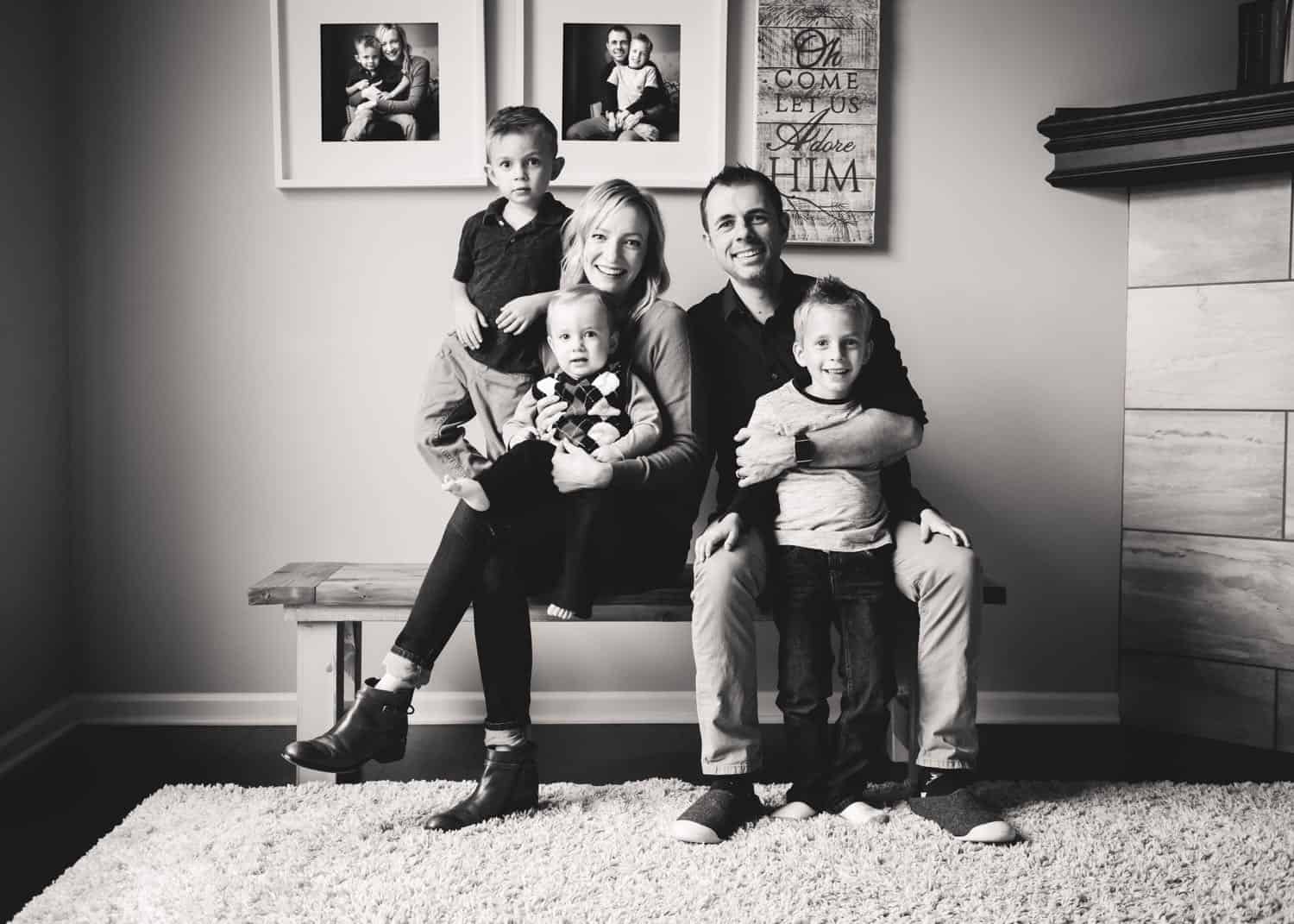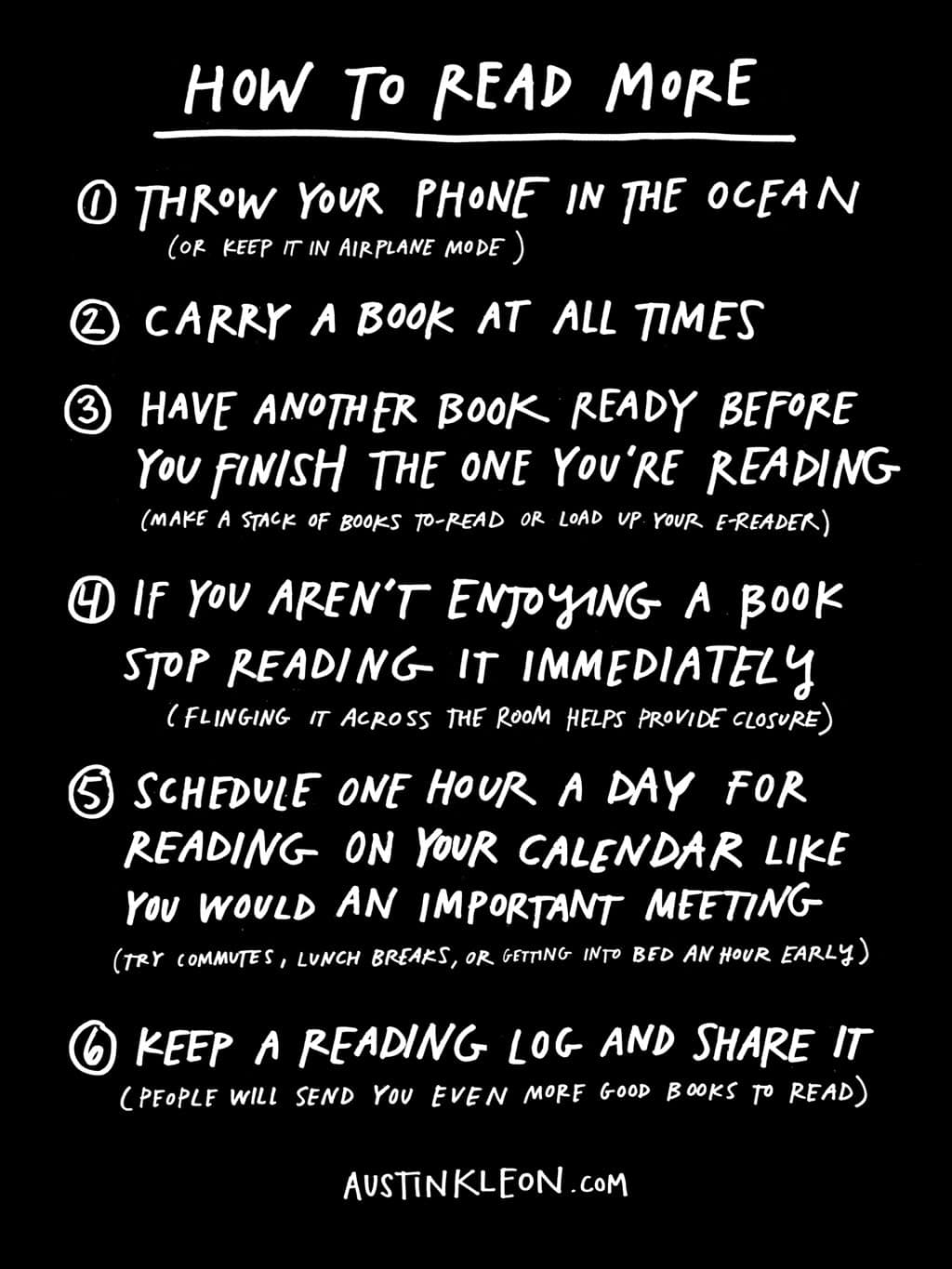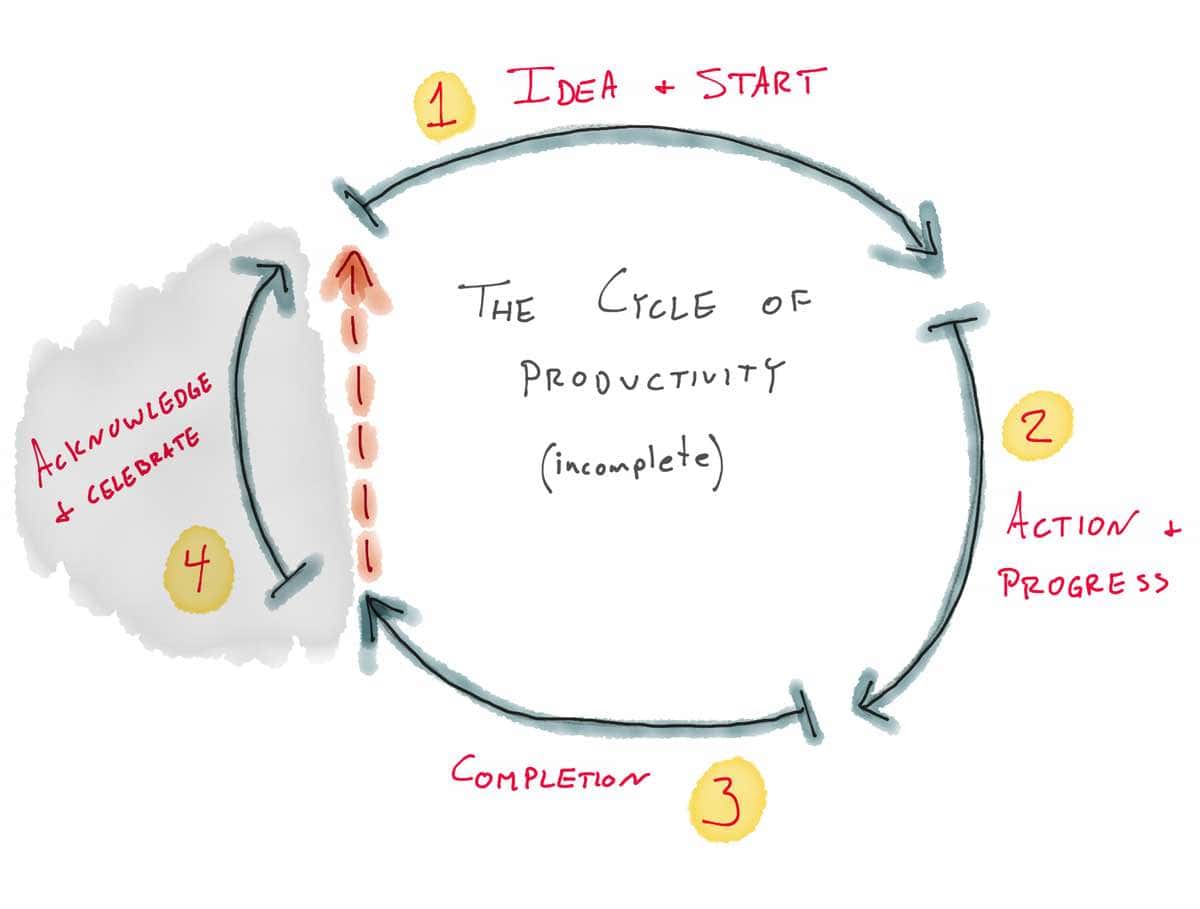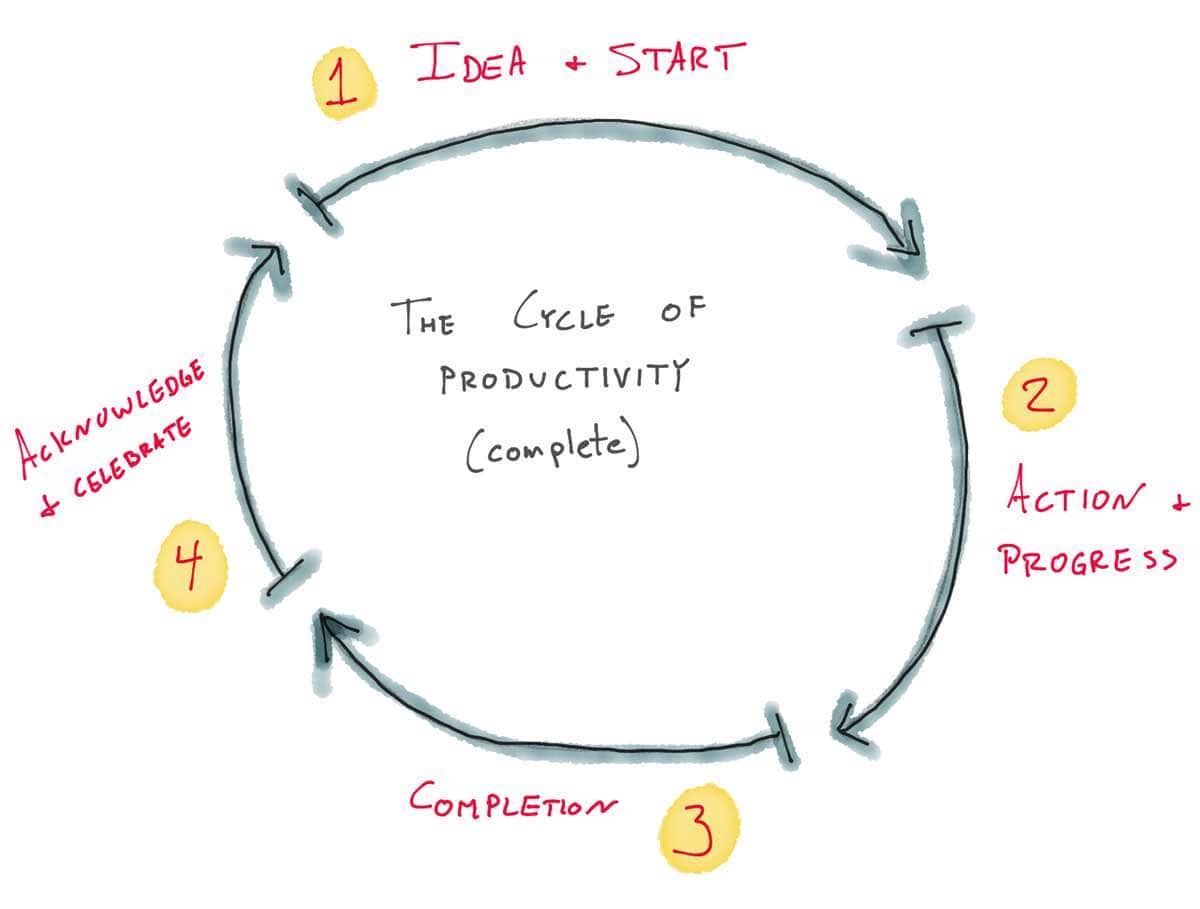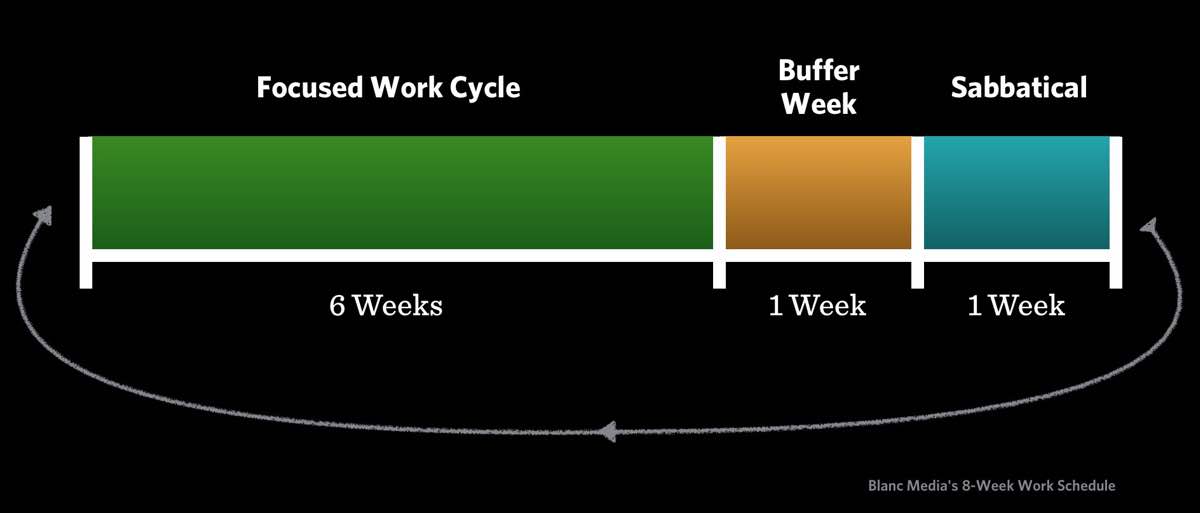As I mentioned last week, I’m going to be taking the next few Fridays to talk about how to make progress on your goals.
And, next Thursday, December 28, I have a new, Plan Your Year workbook coming out.
That said, let’s dive in…
When it comes to goals, there are two camps:
Camp #1: You MUST have a goal.
These folks say that if you don’t have a goal, it’s like having a bullet with no gunpowder — you’re shooting blanks and so you’ll never hit your target.
These goal-setting aficionados are very intense about having very specific, detailed goals and keeping short accounts. You practically need an abacus to live over here because they expect such a huge level of detail and organization.
Camp #2: Goals are for losers who don’t “get it”.
These folks are very non-goal centric. They say that it’s best to live in the moment — to live each day the best you can.
To these folks, progress is found in your commitment to excellence: You should be 100% present in the moment, rather than focusing on the future, because who knows what the future may hold.
Camp 3: Just Right
I have lived in both of the above camps — for years in each actually — and there is wisdom in both sides.
Which is why I prefer to live in the middle, with aspects of both coming together. When you bring them together then you get both the quantitative and the qualitative aspects of life.
Meaning…
- You have the advantages of a target to aim for and a direction to head.
- And you also get the advantages of taking joy in the journey and finding contentment in your day-to-day habits and systems.
And thus, when you combine these two, the result is a goal to move toward and a daily system to actually get you there.
A goal without a system is just a dream. Something you’d love to see happen but which you’re not taking any meaningful action toward.
And a system without a goal is just a rote discipline that’s not taking you anywhere in particular.
Why goals Are Valuable
Goals give you a direction and help you make decisions.
When you can get clear about your goals, you can get clear about the action you need to take.
A little bit of decisiveness goes a long way. By making a decision, you will get a spark of motivation to begin moving. That motivation becomes action. And that action will bring about clarity (thus allowing you to make more informed decisions as you go).
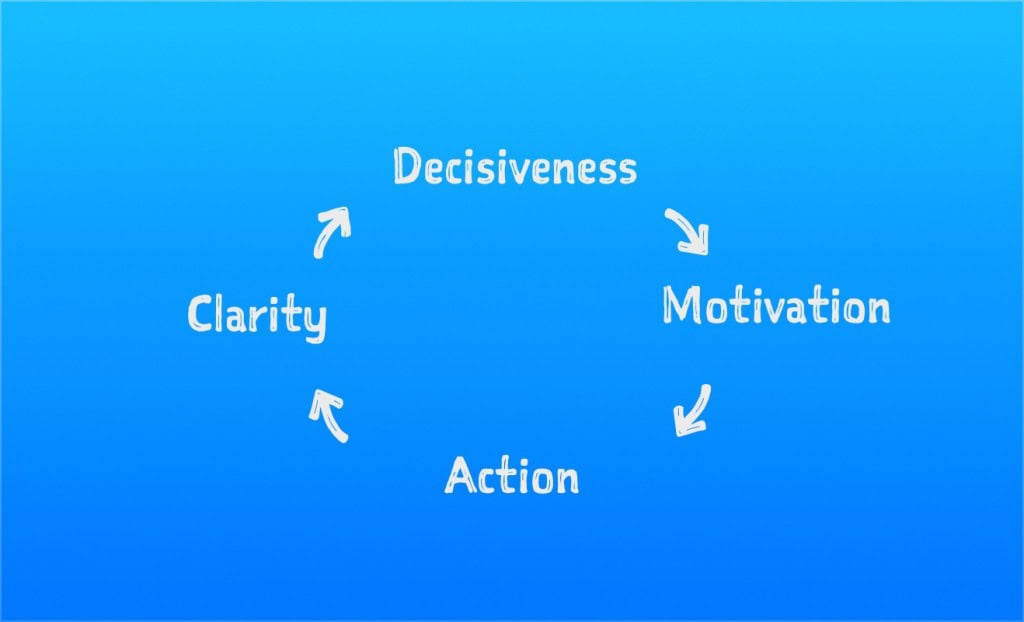
As you begin to make decisions about your year — the goals, events, projects, etc — then it will bring with it a spark of motivation.
From there, the motivation will lead you to take action. And, as you start taking action, then you will get an increase in clarity.
This is why it’s always best to quickly make the best decision you can with the information that’s available to you, and then to move on. Knowing that once you start going down a path, you will get additional clarity.
Why Systems Are Valuable
Because goals don’t complete themselves. We all have ideas, dreams, hopes, and desired outcomes. But in order to make them a reality, you’ve got to do something about them.
Having a system — or a habit — is one of the most powerful ways to ensure your daily progress (and even your daily happiness).
While goals give you a direction to head toward, it is through your systems that you will actually make progress.
By focusing on your system, you’re able to focus on incremental improvement. And slowly, over time, your habits and disciplines become a source of joy and delight.
Next Friday I’ll share a simple (and obvious-in-hindsight) approach for attaining your goals.
